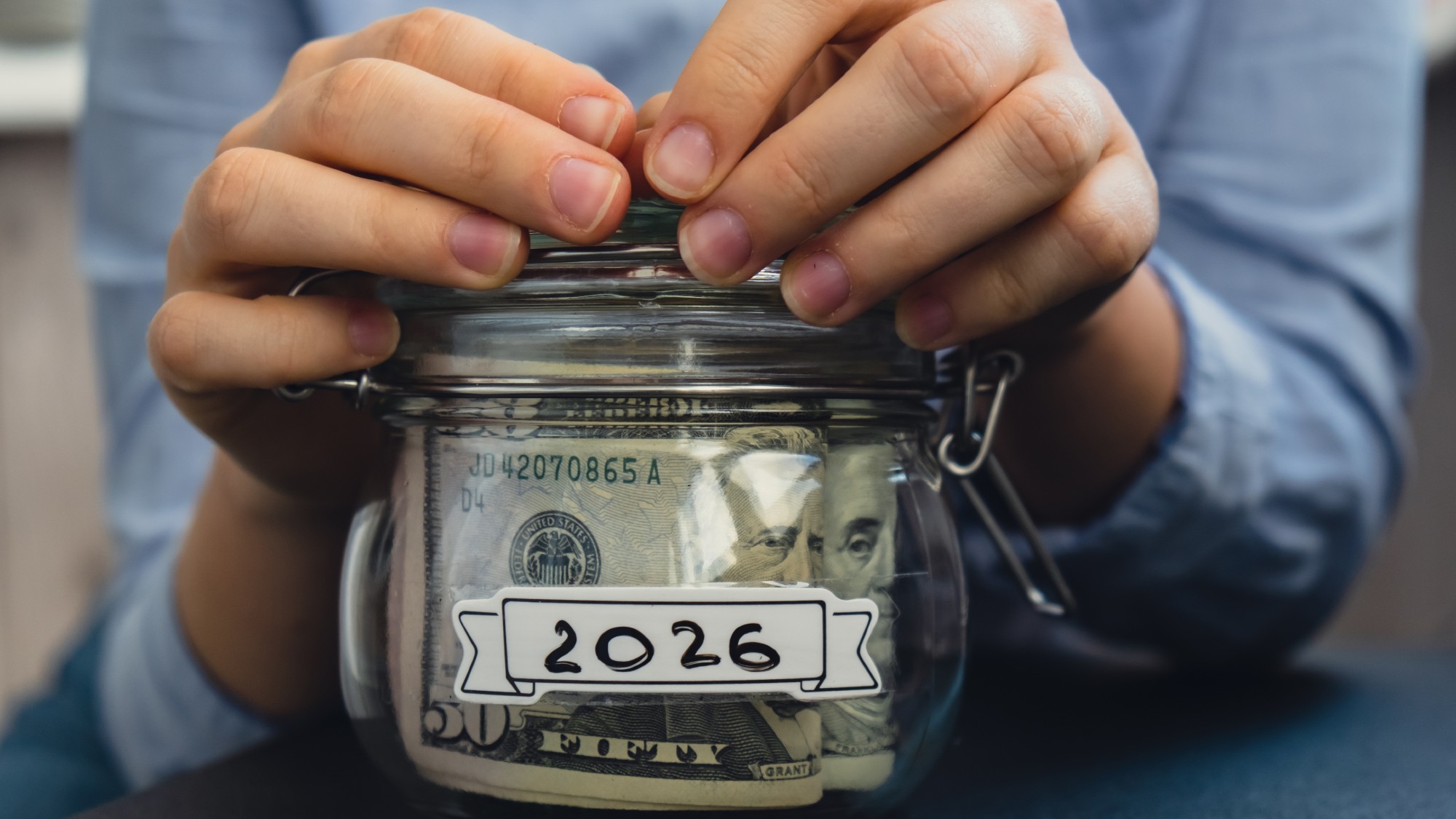The pros and cons of giving your kid an allowance
The practice can teach children important lessons about managing their money


Getting an allowance has been a facet of many childhoods. Perhaps you earned a little pocket change in exchange for helping out around the house growing up, or maybe your parents allotted you a certain amount on a weekly basis that was yours to spend as you chose.
Many parents seek to teach their kids money skills, and they may wonder whether the tradition of giving out allowances is a smart one to continue. As it stands, "79% of parents say they pay their child an allowance," according to T. Rowe Price's 14th Annual Parents, Kids & Money Survey, and 59% said they do so because they "want their kids to understand the importance of working to earn money," said Investopedia. Another 35% cited a desire "to teach their children how to manage money."
Those upsides are certainly a possible result of allotting an allowance — but there are drawbacks worth weighing as well.
The Week
Escape your echo chamber. Get the facts behind the news, plus analysis from multiple perspectives.

Sign up for The Week's Free Newsletters
From our morning news briefing to a weekly Good News Newsletter, get the best of The Week delivered directly to your inbox.
From our morning news briefing to a weekly Good News Newsletter, get the best of The Week delivered directly to your inbox.
What are the arguments for giving your kid an allowance?
As evidenced by parents' reasons for giving their kids an allowance, the practice can prove beneficial. Possible pros include:
It can provide a teaching moment. Earning an allowance can offer kids a lesson in budgeting and prioritization. For instance, "if they overspend one week, they'll have to budget better the next week," said U.S. News & World Report, and "these little lessons can be helpful in teaching about the balancing act that budgeting requires."
It can offer your child some autonomy. Putting money in kids' hands that is theirs to use as they would like means "they don't always have to ask you for money when they want something," said Rocket Money. It will also offer them a safe opportunity to make mistakes, which are crucial learning lessons. "If your child is bungling his handling of money by, say, spending it all on pizza or giving it to a friend on the school bus, it's better that he make those errors now instead of as a college student or young worker," said U.S. News & World Report.
It can demonstrate the value of working for money. Different parents set up allowance in different ways, but a common method is to tie it to completing chores, which can allow kids to "understand the correlation between work and reward," which "will set them up for their future careers," said Rocket Money.
A free daily email with the biggest news stories of the day – and the best features from TheWeek.com
What are the drawbacks of allowance?
Despite the possible upsides, giving your kids an allowance could have its downsides as well, including:
It does not automatically translate to a learning opportunity. As it turns out, "there is no power in an allowance alone," said The Washington Post. Rather, parents have to be prepared to turn the opportunity into a moment to teach them about money. In some cases, said the Post, "children who are given spending money or electronic cash transfers via some app without guidance and/or restrictions often just learn to overconsume."
It could undercut the communal value of doing chores. If you tie earning allowance to completing chores, that could "undermine the importance of contributing to the family," as "kids may get the perception that duties always deserve a reward instead of simply doing their share for the family," said Rocket Money.
It could stretch the parent's budget. "For many struggling households, an allowance isn’t something they can squeeze into their budgets," said the Post. This is especially true given all of the expenses already associated with kids, not to mention the importance of contributing to a 529 plan for their future college costs.
How should you approach setting and paying an allowance
If you do decide an allowance is right for you and your kid(s), there are still a number of decisions left to make.
For one, consider how much allowance is appropriate. "A commonly used rule of thumb for paying an allowance is to pay children $1 to $2 per week for each year of their age," said Investopedia. So, "following this rule, a 10-year-old would receive $10 to $20 per week." That said, "the allowance you dole out should be tied to your budget" as well, said U.S. News & World Report.
Also think carefully about how you want to structure giving out allowance and what lessons you want to teach your child along the way. After all, said the Post, what makes an allowance "worthwhile" is if it's "delivered with the values you want to instill."
Becca Stanek has worked as an editor and writer in the personal finance space since 2017. She previously served as a deputy editor and later a managing editor overseeing investing and savings content at LendingTree and as an editor at the financial startup SmartAsset, where she focused on retirement- and financial-adviser-related content. Before that, Becca was a staff writer at The Week, primarily contributing to Speed Reads.
-
 How drones have detected a deadly threat to Arctic whales
How drones have detected a deadly threat to Arctic whalesUnder the radar Monitoring the sea in the air
-
 A running list of the US government figures Donald Trump has pardoned
A running list of the US government figures Donald Trump has pardonedin depth Clearing the slate for his favorite elected officials
-
 Ski town strikers fight rising cost of living
Ski town strikers fight rising cost of livingThe Explainer Telluride is the latest ski resort experiencing an instructor strike
-
 How to financially prepare for divorce
How to financially prepare for divorceThe Explainer Facing ‘irreconcilable differences’ does not have to be financially devastating
-
 Why it’s important to shop around for a mortgage and what to look for
Why it’s important to shop around for a mortgage and what to look forThe Explainer You can save big by comparing different mortgage offers
-
 4 ways to save on rising health care costs
4 ways to save on rising health care costsThe Explainer Health care expenses are part of an overall increase in the cost of living for Americans
-
 4 ways to streamline your financial life in 2026
4 ways to streamline your financial life in 2026the explainer Time- and money-saving steps
-
 4 tips to safeguard your accounts against data breaches
4 tips to safeguard your accounts against data breachesThe Explainer Even once you have been victimized, there are steps you can take to minimize the damage
-
 Received a windfall? Here is what to do next.
Received a windfall? Here is what to do next.The Explainer Avoid falling prey to ‘Sudden Wealth Syndrome’
-
 How to save more for retirement next year
How to save more for retirement next yearthe explainer Secure yourself a suitable nest egg
-
 Received a gift card this holiday season? Here’s how to maximize it.
Received a gift card this holiday season? Here’s how to maximize it.The Explainer Make the most of your present
